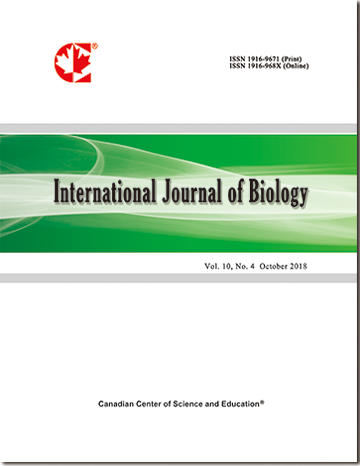Treatment of Chromium Pollution by the Reductase Enzyme Generated by a Chromium-Resistant Bacterium Isolated in Dewatering Sludge
- Paul Fabrice Nguema
- Zejiao Luo
- Zachari Mohamadou Mounir
- Ma Jun
Abstract
An efficient Cr (VI)-resistant and reducing bacterial strain was successfully isolated in dewatering sludge collected from a sewage treatment plant, and characterized in vitro Cr (VI) reduction through a reductase enzyme. Phylogenetic analysis using 16S rDNA gene sequencing revealed that the newly isolated strain namely Pf-1 was closely related to Bacillus cereus. The strain almost reduced 0.17 mM Cr (VI) within 24h incubation and the presence of different substrates such as glucose, sucrose, or acetate significantly enhanced the reduction rate of Cr (VI) to Cr (III). However, addition of the same substrate at the stationary phase of the microbial growth increased the reduction rate as well as bacterial growth. Additionally, raising the concentration of thiosulfate in the medium doubled the reduction rate under similar conditions. Assay with different fractions of the cells demonstrated that the reductase enzyme activity was mainly associated with the cytoplasmic fraction. The maximum activity was 23.3 µM h-1 mg-1 protein and was obtained at the Cr (VI) concentration of 2 mM. The promising strain can be efficiently employed for bioremediation of Cr (VI) polluted sites.
- Full Text:
 PDF
PDF
- DOI:10.5539/ijb.v9n3p1
Index
- ACNP
- AGRICOLA
- BASE (Bielefeld Academic Search Engine)
- CAB Abstracts
- CiteFactor
- CNKI Scholar
- CrossRef
- DTU Library
- Elektronische Zeitschriftenbibliothek (EZB)
- Excellence in Research for Australia (ERA)
- Google Scholar
- Infotrieve
- LIVIVO (ZB MED)
- LOCKSS
- Max Planck Institutes
- MIAR
- PKP Open Archives Harvester
- Qualis/CAPES
- ResearchGate
- ROAD
- SafetyLit
- SHERPA/RoMEO
- Technische Informationsbibliothek (TIB)
- Universe Digital Library
- WorldCat
Contact
- Ryan JonesEditorial Assistant
- ijb@ccsenet.org
